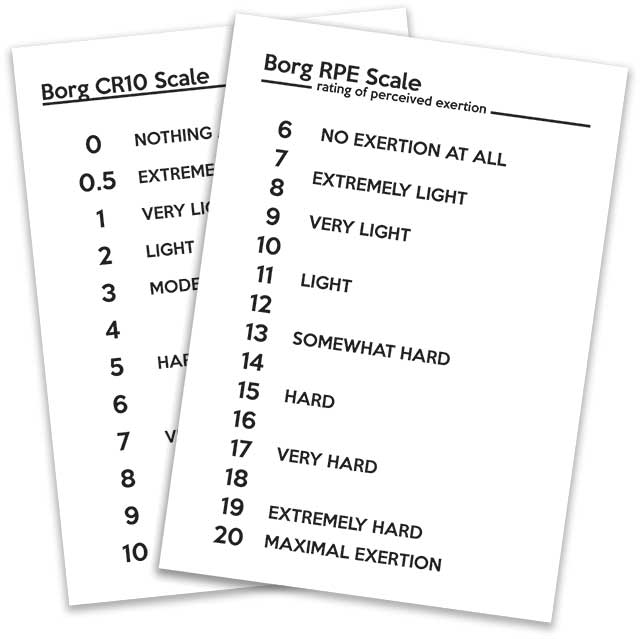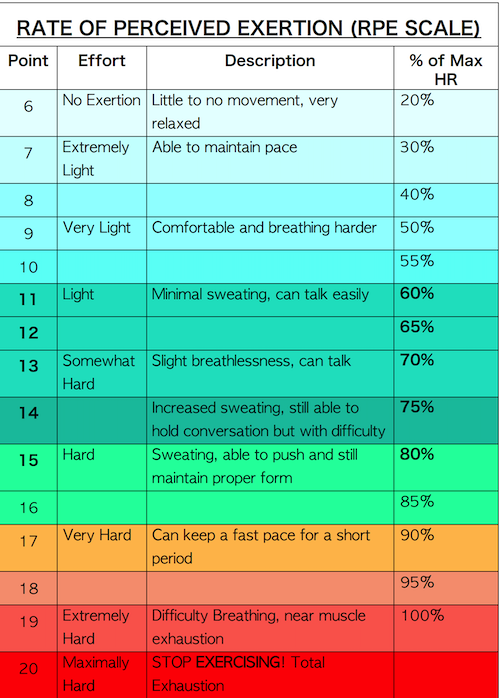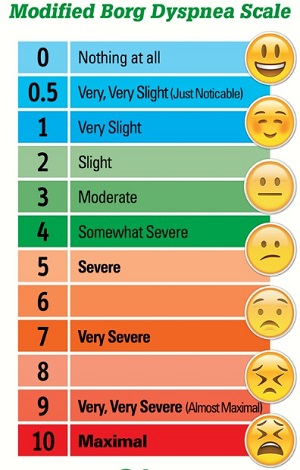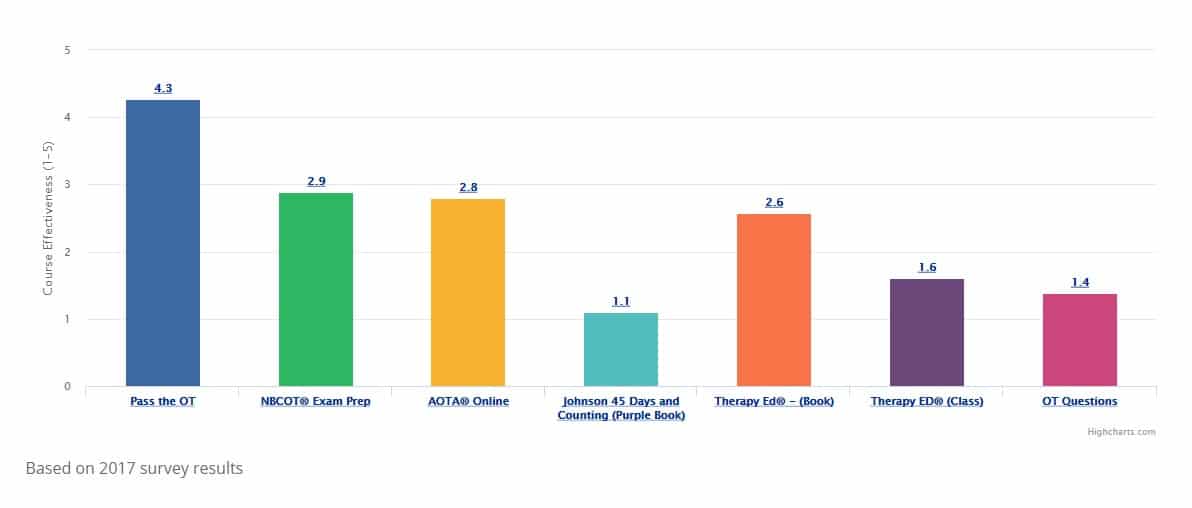Chronic Obstructive Pulmonary Disease (COPD)
Chronic obstructive pulmonary disease, abbreviated COPD, involves chronic inflammation of the lungs that reduces airflow. COPD is progressive and there is no cure. It is the third leading cause of death in the United States. COPD primarily affects middle aged and elderly adults and is not contagious. There are two main types of COPD: emphysema and chronic bronchitis.
Emphysema – A lung disease in which the walls of the air sacs where gas is exchanged in the lungs become damaged. The air sacs may lose their shape or the walls may be destroyed, leading to fewer air sacs in the lungs and less oxygen exchange.
Chronic Bronchitis – A lung condition in which the lining of the airways of the lungs are constantly inflamed and irritated, causing the lining of the lungs to swell up. This causes a lot of thick mucus to form, making it hard to breathe.
People with COPD usually have both conditions. The severity of each condition may vary from person to person. Symptoms start slowly and a person with COPD may not know that it is present for many years.
COPD Factors
| Causes | Symptoms | Medical Treatment | Lifestyle Changes |
| 1. Smoking – 75% of people diagnosed with COPD smoke cigarettes or used to smoke cigarettes.
2. Breathing second hand smoke 3. Workplace chemical fumes or dust 4. Air pollution A diagnosis of asthma may also play a role, but COPD related to asthma is often treatable. |
1. Ongoing cough
2. Coughing up mucus 3. Shortness of breath with physical activity 4. A wheezing sound when breathing 5. Chest tightness 6. Frequent colds or respiratory infections |
1. Use of a bronchodilator (inhaler)
2. Inhaled steroids 3. Vaccinations to prevent respiratory infections (flu shot) 4. Oxygen therapy 5. Surgery to remove damaged tissues – this is usually a last resort. 6. Pulmonary rehabilitation – may include an exercise program, disease management education, nutritional counseling, psychological counseling. |
1. Stop smoking
2. Avoid second hand smoke or areas with lung irritants such as dust or airborne chemicals 3. Change eating habits to eat smaller, more frequent meals. 4. Take vitamins and supplements 5. Participate in physical activity as tolerated. |
ccc

Occupational Therapy Intervention for COPD
| Evaluation | Treatment | Precautions | Videos |
| Assess upper body strength and endurance -manual muscle test -grip and pinch strength -note tremor or limited ROM in the end ranges -Borg Rating of Perceived Exertion during activity -note shortness of breath during activity ADL checklist/observation IADL checklist/observation Home evaluation prior to discharge from inpatient rehabilitation |
-Therapeutic exercise and endurance training as tolerated. Home exercise program. -monitor oxygen levels – see precautions -monitor perceived exertion using Borg scale. -Education in pursed lip and diaphragmatic breathing techniques. -Education in energy conservation techniques. -Adaptations for ADL, IADL tasks |
Monitor patient’s oxygen levels during activity, using a fingertip pulse oximeter. -Normal oxygen level falls between 95 and 100% -Follow doctor’s guidelines regarding the patient’s oxygen levels during activity. -If oxygen level falls below doctor’s guidelines or below 90%, stop activity and allow rest until oxygen level returns to acceptable percentage. -If oxygen level does not return to an acceptable, end therapy session and contact the patient’s physician. |
An occupational therapist leads an upper body exercise routine for people with COPD, incorporating breathing techniques into the exercise routine.
An occupational therapist discusses home safety for people with COPD. |
…
Borg Scale of Perceived Exertion
1. The original Borg scale or category scale (6 to 20 scale)
2. The Revised category-ratio scale (0 to 10 scale).Both the 6-20 and 0-10 scales are used in clinical practice to measure perceived exertion; no current recommendations exist regarding use of one scale in preference to another. Despite being a subjective measure of exercise intensity, RPE scales provide valuable information when used correctly. Original Borg Scale
| Patient’s description of exertion | Borg rating | Example of activity |
| None | 6 | Reading, watching TV |
| Very, very light | 7-8 | Tying shoes, writing |
| Very light | 9-10 | Folding laundry |
| Fairly light | 11-12 | Walking, shopping |
| Somewhat hard | 13-14 | Brisk walking, vacuuming or cleaning |
| Hard | 15-16 | Swimming, bicycling |
| Very hard | 17-18 | Highest level of sustainable activity |
| Very, very hard | 19-20 | A burst of activity that cannot be sustained for a long time. |

Comparison of the 2 versions of the Borg Scales
 ………..
……….. 





